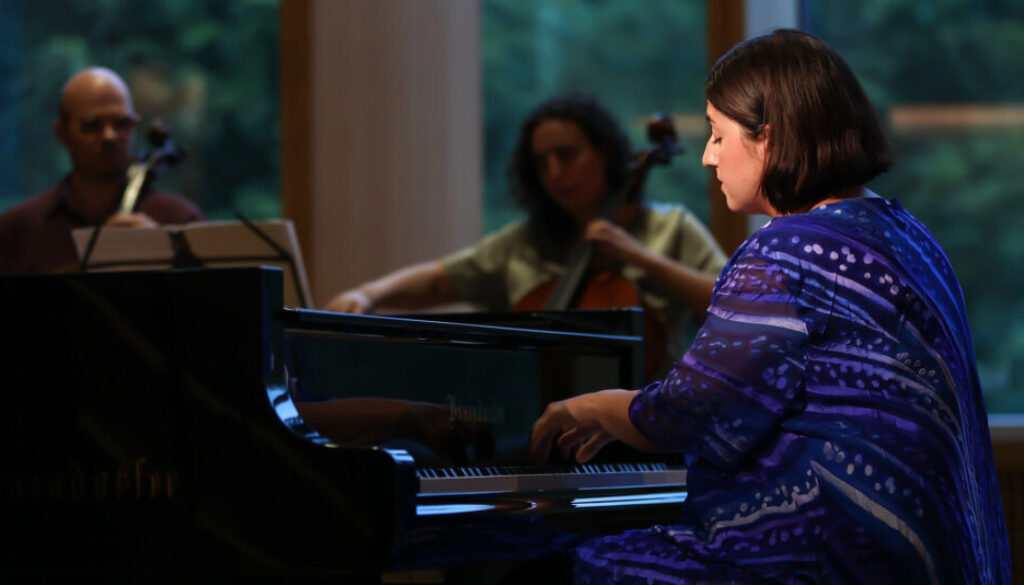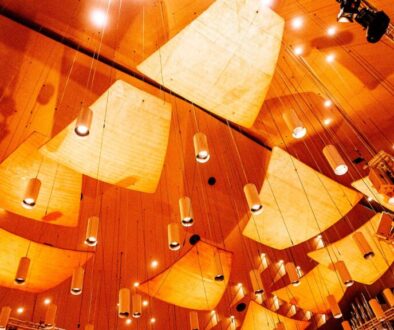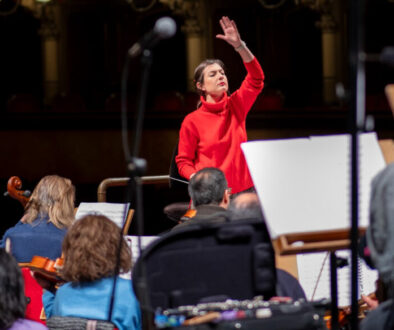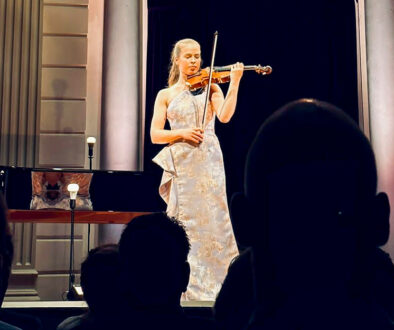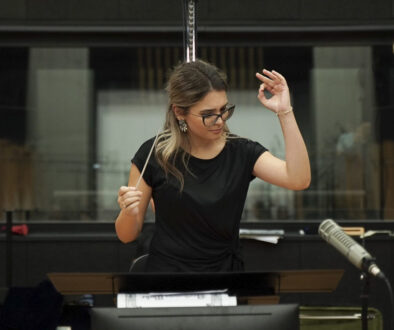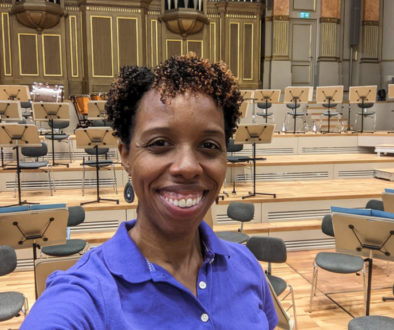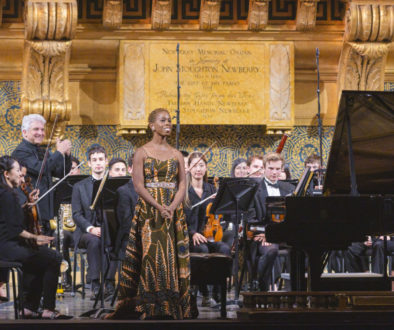Beethoven’s Diabelli Variations
I vividly remember the first time I heard Beethoven’s Diabelli Variations performed live. It was at a student recital in Boston while I was studying at the New England Conservatory of Music. I was struck by how impressive it was for someone so young to tackle and master such a monumental piece.
Fast forward eleven years, and I found myself searching for the score of the Diabelli Variations at the Dussmann Music Shop in Berlin. I had just completed several concerts where I played the Six Variations in F Major, Op. 34, and was very curious to explore Beethoven’s variations further, now at Op. 120.
My first read-through of the Diabelli Variations made me laugh. Firstly, because of the dramatic difference in length (it was 27 variations longer), and secondly, because of the absolute genius of the music I had just encountered. There were moments that resonated so deeply with me that I knew learning this piece would be a magical and fulfilling experience.
33 Variations on a Waltz by Anton Diabelli Op.120 was completed in 1823 and took five years for Beethoven to write. The creation of the variations went through many different phases but was published by Diabelli in June 1823 with the following introductory note:
„We present here to the world Variations of no ordinary type, but a great and important masterpiece worthy to be ranked with the imperishable creations of the old Classics—such a work as only Beethoven, the greatest living representative of true art—only Beethoven, and no other, can produce.
The most original structures and ideas, the boldest musical idioms and harmonies are here exhausted; every pianoforte effect based on a solid technique is employed, and this work is the more interesting from the fact that it is elicited from a theme which no one would otherwise have supposed capable of a working-out of that character in which our exalted Master stands alone among his contemporaries.
The splendid Fugues, Nos. 24 and 32, will astonish all friends and connoisseurs of serious style, as will Nos. 2, 6, 16, 17, 23, &c. the brilliant pianists; indeed all these variations, through the novelty of their ideas, care in working-out, and beauty in the most artful of their transitions, will entitle the work to a place beside Sebastian Bach’s famous masterpiece in the same form.
We are proud to have given occasion for this composition, and have, moreover, taken all possible pains with regard to the printing to combine elegance with the utmost accuracy.”
I find this note incredibly accurate and feel that writing about the actual process of understanding and practicing the piece, with all its ups and downs, isn’t as relevant as describing how it made me feel. For many pianists, this piece is one of the Mount Everests in our repertoire. I imagine that the learning process of such a monumental work reflects our deepest secrets as pianists. And personal diaries aren’t always meant to be shared.
Finally hearing the Diabelli Variations live, in real time, and performing them myself in front of (and together with) an audience was a profoundly humbling experience. The diverse character of each variation, the technical thrill of solving some very tricky moments, the historical significance, and the emotional journey of the piece made me feel like I was having a conversation with Beethoven himself, responding to his creative provocations and adding nuances to the interpretation.
The Diabelli Variations is a work that transcends time. I hope it will remain timeless, bringing joy to pianists and listeners alike, and that Beethoven’s deep passion for music and belief in transformative art will continue to leave its mark on all of us forever.
***
Listen to Lana Suran performing Beethoven’s Variations in F op. 34 here:

